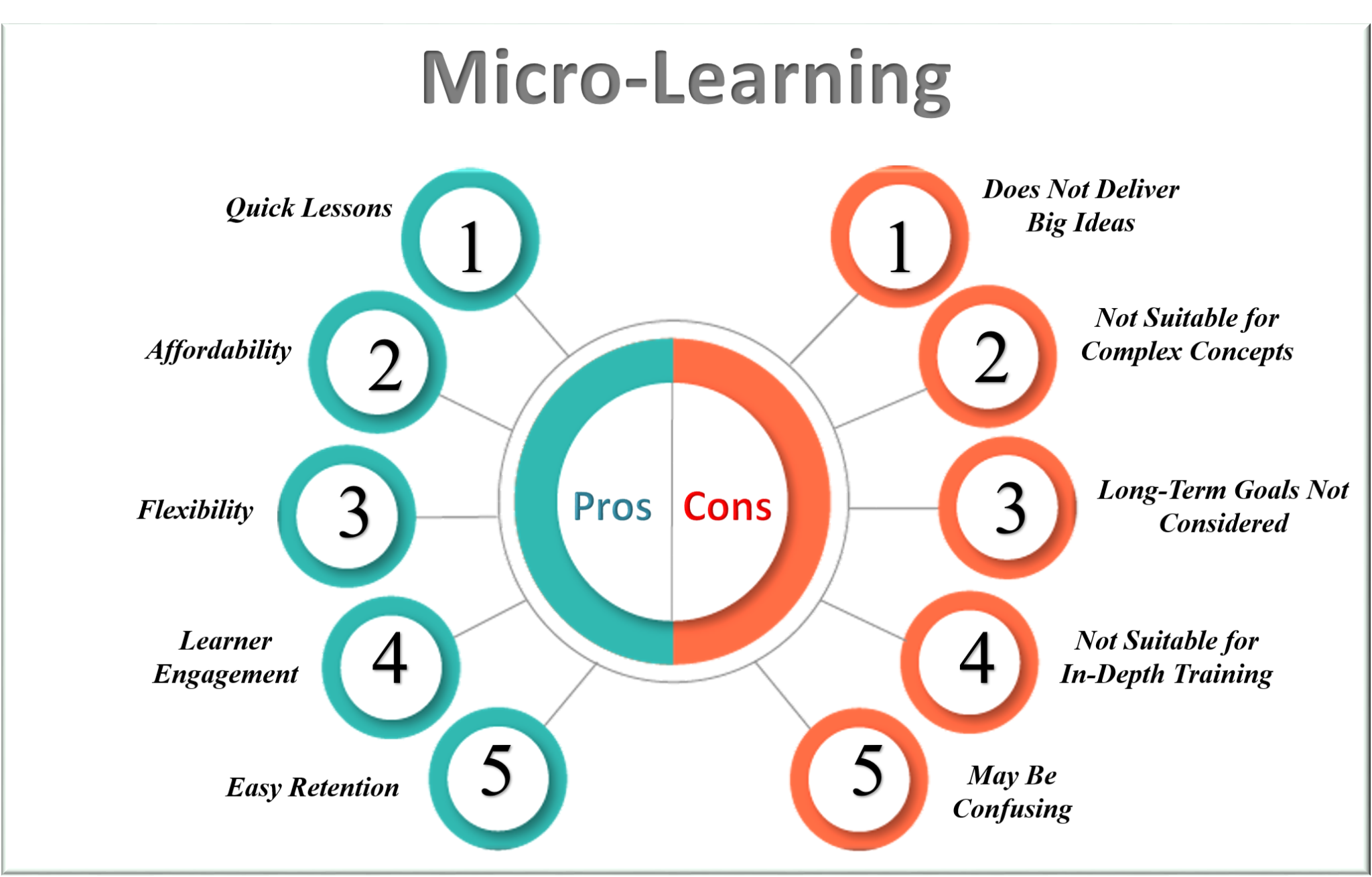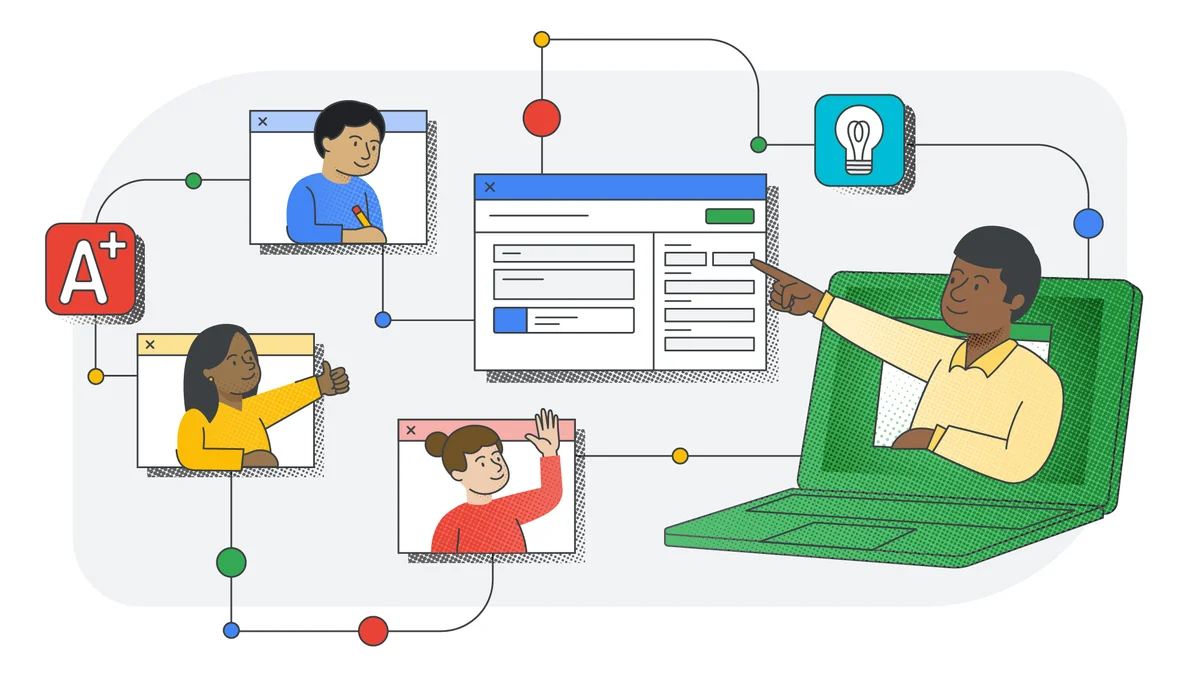
Revolutionizing Education: How Adaptive Learning Algorithms Are Personalizing Education at Scale
How adaptive learning algorithms are personalizing education for every student.Revolutionizing Education: How Adaptive Learning Algorithms Are Personalizing Education at Scale
As an educational technology researcher, I've seen firsthand how the one-size-fits-all approach to education can leave many students struggling. I vividly remember observing a high school math class where a bright student was clearly bored, while another was visibly frustrated, unable to keep up with the pace. It's scenarios like these that make me excited about the potential of adaptive learning algorithms to transform education as we know it.
What Are Adaptive Learning Algorithms?
At their core, adaptive learning algorithms are sophisticated software systems that personalize the learning experience for each student. Think of them as incredibly smart tutors that can instantly adjust to a student's needs, strengths, and weaknesses. These algorithms analyze data from a student's interactions with educational content, assess their understanding, and then tailor future content, pacing, and assessments to optimize learning.
It's like having a choose-your-own-adventure book for education, where each choice you make leads to a uniquely crafted learning path designed just for you.

The Science Behind the Magic
The magic of adaptive learning algorithms lies at the intersection of cognitive science, data analytics, and machine learning. These systems employ sophisticated techniques like knowledge tracing to model a student's understanding of concepts over time. Content sequencing algorithms then use this information to determine the optimal order and difficulty of material to present next.
From my experience working with these systems, I've been amazed at how they can pinpoint exactly where a student is struggling and provide targeted interventions. It's like having a GPS for learning that recalculates the route whenever a student takes a wrong turn.
Benefits That Go Beyond Personalization
While personalized learning paths are the most obvious benefit, adaptive learning offers so much more:
- Real-time feedback and assessment: Students get immediate feedback on their work, allowing for quick course correction.
- Increased engagement and motivation: By presenting material at the right level of challenge, these systems keep students in their "zone of proximal development," where learning is challenging but achievable.
- Efficiency in learning and teaching: Students can move quickly through material they already understand, while teachers can focus their attention where it's needed most.
- Data-driven insights: Teachers gain a wealth of information about student performance, allowing for more informed instructional decisions.
From Classroom to Cloud: Implementing Adaptive Learning
In traditional classrooms, adaptive learning systems can work alongside teachers to provide a blended learning experience. I've observed classrooms where students spend part of their time working independently on adaptive platforms, while teachers use the generated data to inform small group instruction and one-on-one interventions.
Online platforms have really embraced adaptive learning. MOOCs (Massive Open Online Courses) and e-learning platforms are leveraging these algorithms to provide personalized learning experiences at scale. It's opening up new possibilities for lifelong learning and skill development that were previously unimaginable.
Real-World Success Stories
Let me share a couple of examples that highlight the power of adaptive learning:
- Carnegie Learning's MATHia platform: This adaptive math program has shown impressive results, with one study finding that students who used MATHia showed 27% better performance on standardized tests compared to those who didn't.
- Knewton's adaptive learning technology: Used by Arizona State University, this system helped increase pass rates in math courses from 64% to 75%, while reducing course withdrawals by 56%.
These success stories are exciting, but it's important to note that the technology is still evolving, and results can vary depending on implementation.

Challenges and Considerations
As promising as adaptive learning algorithms are, they're not without challenges. Data privacy and security are major concerns – we're dealing with sensitive information about students, after all. There's also the question of content quality and diversity. An adaptive system is only as good as the learning resources it has access to.
Moreover, we need to be careful about balancing algorithm-driven instruction with human interaction. In my view, the goal should be to use adaptive learning to enhance, not replace, the crucial role of teachers.
Teachers: From Sage on the Stage to Guide on the Side
Speaking of teachers, adaptive learning is changing their role in exciting ways. Rather than being mere dispensers of information, teachers can now act more as facilitators and mentors. They can use the rich data provided by adaptive systems to have more meaningful interactions with students and provide targeted support where it's most needed.
I've spoken with teachers who initially feared being replaced by technology, but ended up feeling empowered by the insights and tools adaptive learning provided them.
Bridging the Achievement Gap
One of the most promising aspects of adaptive learning is its potential to address educational equity. By providing personalized instruction and support, these systems can help level the playing field for students from diverse backgrounds and with different learning needs.
However, we must be mindful of the digital divide. As we embrace these technologies, we need to ensure that all students have access to the necessary devices and internet connectivity to benefit from them.
The Future is Adaptive
Looking ahead, I'm excited about the potential integration of adaptive learning with other emerging technologies. Imagine virtual reality environments that adapt to a student's learning style, or AI tutors that can engage in natural language conversations tailored to each learner's needs.
As we stand on the brink of this educational revolution, I can't help but wonder: How might my own educational journey have been different if I had access to adaptive learning technology? Would I have discovered my passion for educational technology sooner? Would I have struggled less with certain subjects?
While we can't change the past, we can shape the future. Adaptive learning algorithms have the potential to create a world where every student can learn at their own pace, in their own way, and reach their full potential. It's a future of education that's personalized, efficient, and equitable – and it's closer than we think.
As we continue to develop and refine these technologies, let's remember that the goal isn't just to make learning more efficient, but to ignite a lifelong love of learning in every student. After all, in a world that's constantly changing, the ability to adapt and learn might just be the most important skill of all.
References
- https://emeritus.org/blog/online-learning-adaptive-learning/
- https://www.iitms.co.in/blog/adaptive-learning-benefits-and-challenges.html
- https://appsembler.com/glossary/adaptive-learning/
- https://tudip.com/blog-post/adaptive-learning-algorithms-tailoring-content-for-individual-needs/
- https://www.skillscaravan.com/post/personalised-learning-and-adaptive-learning-algorithms-are-revolutionising-education
- https://global-us.mellbaou.com/index.php/global/article/view/244
- https://educationaltechnologyjournal.springeropen.com/articles/10.1186/s41239-020-00209-y
- https://www.learning.com/blog/what-is-adaptive-learning-why-does-it-matter/
- https://www.everylearnereverywhere.org/blog/7-adaptive-learning-case-studies-that-show-when-and-how-it-is-effective/
- https://www.evelynlearning.com/adaptive-learning-in-the-classroom/
Holographic Teachers: The Next Evolution in Remote Learning






Comments
No comments yet. Be the first to comment!
Leave a Comment